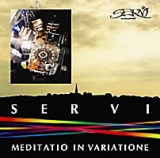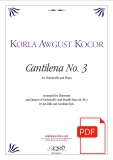Theremin – Thereminvox
The theremin is one of the most fascinating musical instruments of our times. It was invented in 1919 by the Russian Lew Sergejewitsch Termen (later known as Leon Theremin), a trained physicist and ambitious cello player. For many inventors, Lew Termen's creation was a starting point for experiments with the unlimited possibilities of electronic sound generation. His theremin, also known in popular language as the etherwave violin, nevertheless represents even today something unique among musical instruments: it is played without touching it. Electric fields radiated by the instrument are influenced through movements of both arms and hands. In this way, the pitch and volume of the instrument can be controlled. Through every gesture, through the smallest movements of the body, the musician has the possibility of creating melodies and of shaping music in the air with his or her hands. The young Leon Theremin himself was able to enchant a large concert-going audience both in Europe and the USA with these magical sounds. But despite such enthusiasm, the number of theremin virtuosi has always remained small. This is not least because of the fact that the instrument demands of the performer an extraordinarily sensitive control of the body.






